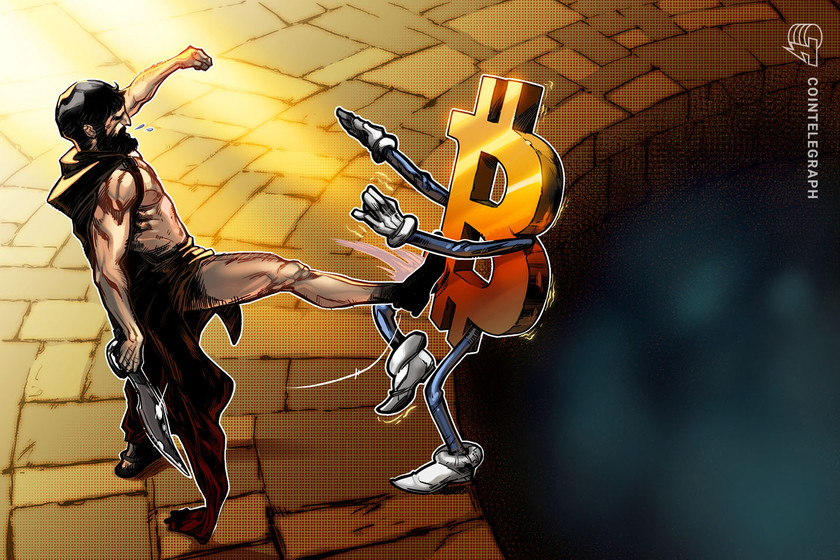Is post-Merge Ethereum PoS a threat to Bitcoin’s dominance?


Cory Klippsten, the CEO of Swan Bitcoin, shares his views on how “the competition for liquidity” between Bitcoin and Ethereum will play out after the latter’s switch to a proof-of-stake system.
While Ethereum fans are enthusiastic about the successful Merge, Swan Bitcoin CEO Cory Klippsten believes the upgrade will lead Ethereum into a “slow slide to irrelevance and eventual death.”
According to Klippsten, the Ethereum community picked the wrong moment for detaching the protocol from its reliance on energy. As many parts of the world are experiencing severe energy shortages, he believed the environmental narrative is taking the back seat.
In an exclusive interview with Cointelegraph, Klippsten said “I think the world is just waking up to reality and Ethereum just went way off into Fantasyland at the exact wrong time.”
“It is just really bad timing to roll out that narrative. It just looks stupid.”
According to some predictions, institutional capital will increasingly turn away from Bitcoin (BTC) and flow into Ethereum if Bitcoin doesn’t move away from the energy-consuming proof-of-work system.
Klippsten dismisses this narrative as false, citing that, ultimately, all valuable technologies need to rely on real-world energy to function correctly.
“If you don’t have some tethering to the real world using laws of physics, you’re basically off creating some kind of like metaverse fantasyland.”.
Watch the full interview on our YouTube channel and don’t forget to subscribe!


























